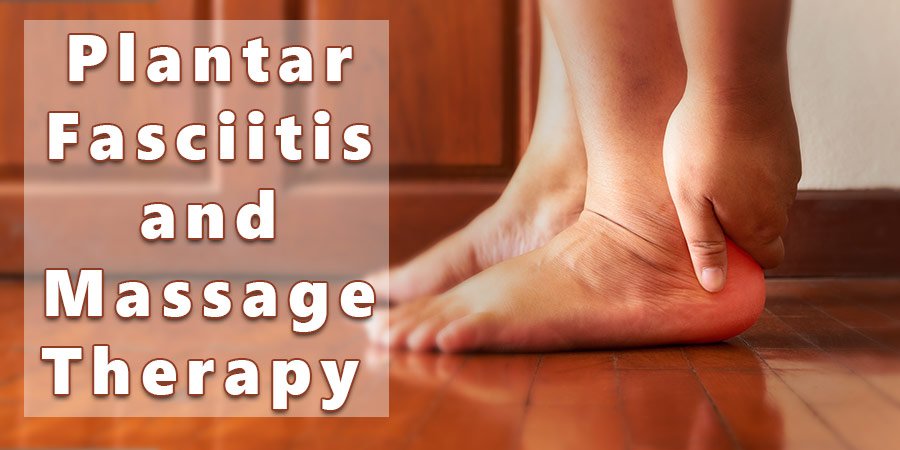What is Plantar Fasciitis
Plantar fasciitis, also known as plantar heel syndrome (PHPS), is the most common cause of heel pain. It is developed by the inflammation of the plantar fascia, the thick connective tissue which runs from the bottom of your foot to your toes. The condition usually involves an agonizing and stabbing pain in the bottom of your foot and near your heel. The pain irritates you most in the mornings when you wake up and take your first steps. The reason is that you have left your foot at the resting position for several hours. With more movements and more steps, the pain will be gradually decreased. However, it may again start to irritate you after you stand for a long time or rise from a sitting position.
What Causes Plantar Fasciitis
The thick and fibrous band of tissue at the bottom of your foot and right beneath your sole skin, which is called plantar fascia, is actually a shock-absorbing supporter of your foot arch and muscles. In case of putting too much weight or pressure on this part, while this tissue band cannot bear the surrounding strains and stretches, the plantar fascia may be torn in some parts. The first natural body response to tears and injuries is inflammation. Therefore, if you continue putting extra pressure and tension on your sole, then you may end up having an irritated and inflamed plantar fascia. Nonetheless, in some cases, the cause of plantar fasciitis can be unknown and unclear.
What Are the Risk Factors of Plantar Fasciitis
Most sufferers from plantar fasciitis are people between the ages of 40 and 60. This condition affects women more than men. Any type of problem which puts extra pressure on your plantar fascia can be a trouble-maker. We will review a number of these risk factors that may overuse this supporting tissue.
Plantar fasciitis is more common among athletes, runners, and those who usually stand on their feet for several hours a day. If you are a runner and suffer from the plantar fascia, you probably feel the pain after your exercise and not while you are doing it. Other exercises and activities such as ballistic jumping activities, cycling, mountain climbing, playing games such as basketball, hiking, aerobic dancing, and ballet dancing can lead to extra pressure on the plantar fascia. Moreover, if your job makes you stand on your feet for a long time on hard surfaces – for example, if you are a teacher or a factory worker – then you may also be at the risk of suffering from plantar fasciitis.
Overweight people and those who wear shoes that do not properly support their weight – for example, shoes with thin soles, high-heeled shoes, ballet flats, or flip-flops – may also suffer from the risk of plantar fasciitis. Another reason could be your foot mechanics. Any abnormality in the shape of your foot, such as having a high arch, having tight Achilles tendons, or being flat-footed can lead to an uneven distribution of your weight pressure and eventually damage the plantar fascia.
How Can Massage Help to Treat Plantar Fasciitis
If you are a plantar fasciitis sufferer, there is good news! Even if you take no treatment, the problem will probably be resolved within 6 to 18 months. In most cases, the condition itself is not a very serious health condition; nonetheless, the pain can sometimes become intolerable since it is felt in one of the most sensitive parts of your body with which you take your day’s first steps and movements. Moreover, if you ignore the alarming pain, the healing process will take much more time. With plantar fasciitis, easy tasks such as a short morning walk can be excruciatingly painful.
The first and quickest solution can be taking some over-the-counter nonsteroidal and anti-inflammatory painkillers such as ibuprofen, which is often harmfully misused. On the other hand, there is also a more natural way to lessen your pain safely, with almost no side effects: deep tissue massage therapy. A well-conducted massage on the foot arch around the injured area and also the surrounding muscles – if they are tense and stiff too – can greatly reduce the plantar fasciitis symptoms.
Deep tissue massage has a lot of benefits on your foot that you can read more about it here
What Should You Do Before and During a Massage Therapist Visit
Similar to any other health conditions, it is strongly recommended that you visit a physician before looking for a skilled massage therapist and planning for a massage treatment. The physician diagnoses your problem usually based on your medical history and physical examinations – in some rare cases they may also use other methods such as X-ray examination. After you are diagnosed with plantar fasciitis and received the required medications, discuss your plan of having a few sessions of massage therapy with your physician. They probably know a few expert massage therapists who can be of great help.
In case of any skin allergy or problem, having an open wound, or any recent surgery, let your therapist know about your special condition before receiving the massage. During the massage session, you should not feel too much pain, although feeling a little bearable soreness means you are being healed. The therapist usually starts with softer and lighter strokes and gradually increases the pressure. They may apply deep finger pressure on your Achilles heel, calf muscles, and plantar fascia. The process should take place slowly and efficiently.
After the session, you may feel a little soreness which will be temporary. Try to drink as many glasses of water as you can. Water can help your body maintain the positive effects of the massage and remove toxins more rapidly. Take good care of your foot and try to modify your habits and lifestyle between the massage sessions. Based on several studies carried out on this issue, your recovery through a few sessions of massage therapy is practically promised and definite.










